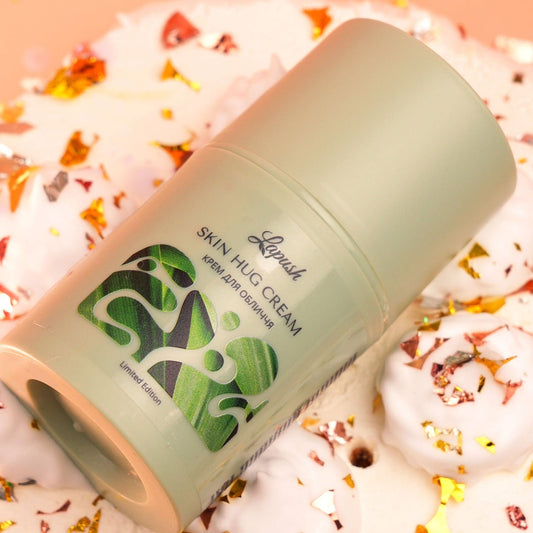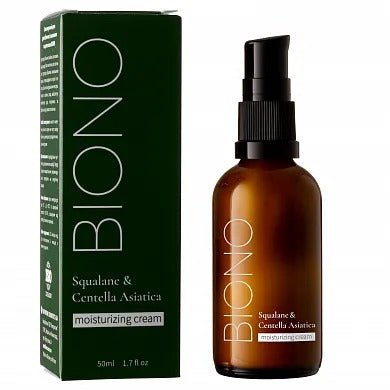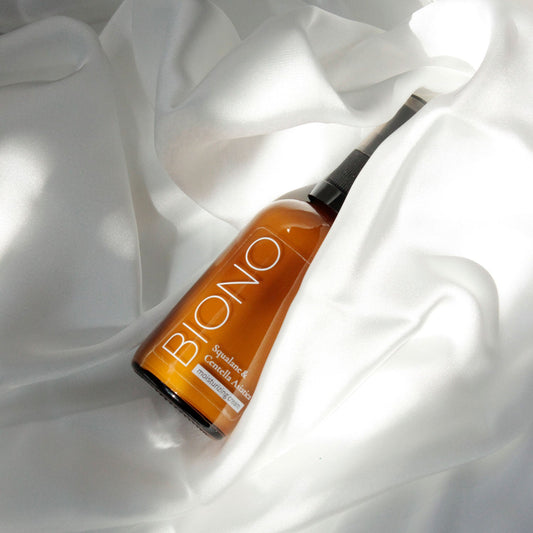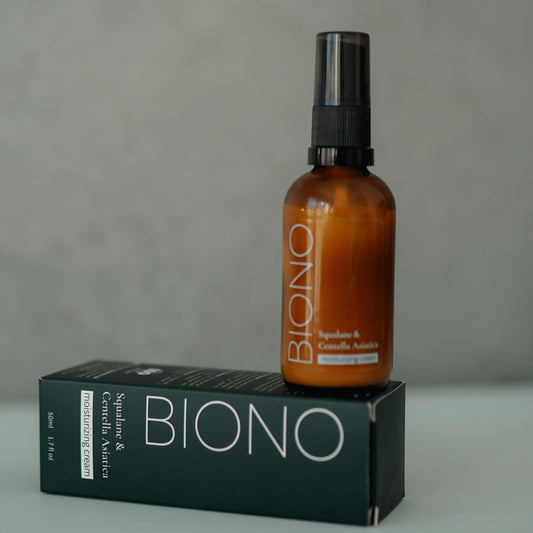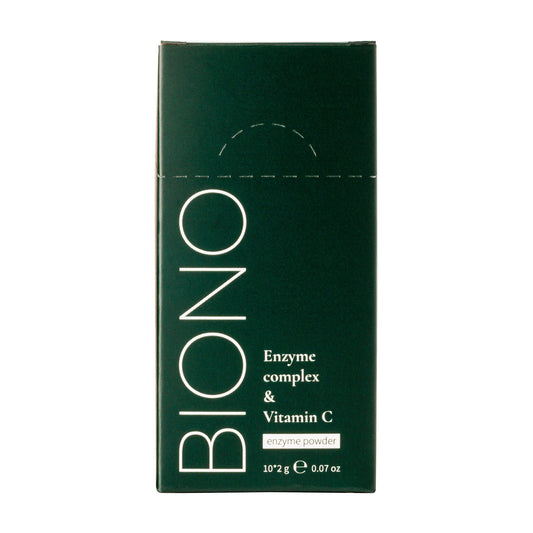
Secrets to choosing a face cream: what really works
Face cream is not just a jar on a shelf in the bathroom, but a daily ritual that determines how your skin will look in a year, five or twenty years. In a world where cosmetic brands release thousands of new products every year, promising instant results and eternal youth, it is important to understand what your skin really needs. The right cream can be a real game-changer in care, and the wrong choice can mean wasted money and disappointment.
Moisturizing face cream: the foundation of your care
Moisturizer is the basic tool without which complete skin care is impossible. Regardless of age, skin type or season, hydration remains the basis of a healthy appearance. It is the moisturizing face cream that creates a protective barrier, retains moisture in the cells and prevents premature aging.
Modern moisturizer formulas are much more complex than they seem. They combine humectants that attract water (hyaluronic acid, glycerin), occlusive agents that prevent moisture evaporation (oils, waxes), and emollients that smooth the skin (ceramides, squalane). The best creams contain all three types of ingredients in a balanced ratio adapted to the specific skin type.
How the perfect cream works: breaking down the formula into molecules
The effectiveness of a cream depends not only on the presence of active ingredients, but also on the technology of their delivery. Molecules must be small enough to penetrate the stratum corneum of the epidermis, but stable enough not to be destroyed in the process. Encapsulated formulas, liposomes and nanotechnology allow components to be delivered to deeper layers of the skin.
The texture of the cream is key. Light emulsions and gels are suitable for oily and combination skin, as they are quickly absorbed and do not leave a greasy shine. Thick, rich creams are the choice for dry and mature skin that needs intensive nutrition. The best face cream is the one that meets the needs of your skin.
The pH balance of a cream also affects its effectiveness. Skin has a slightly acidic pH of around 5.5, and cosmetics with a similar indicator work best. Formulas that are too alkaline can disrupt the skin's protective barrier, and formulas that are too acidic can cause irritation. Quality brands always test the pH of their products.
Anti-wrinkle face cream: myths and reality
Anti-aging creams are the most promising and at the same time the most controversial segment of cosmetics. A face cream for wrinkles can significantly improve the condition of the skin, but you should not expect it to have the effect of a surgical lift. Realistic expectations are a reduction in the depth of fine wrinkles, improved elasticity, and prevention of premature aging.
Retinol remains the gold standard in anti-aging. This vitamin A derivative stimulates cell renewal, accelerates collagen synthesis and reduces pigmentation. However, retinol requires proper use - you need to start with low concentrations (0.25-0.3%), gradually increasing to 1%. SPF protection is mandatory during the day, as retinol increases skin photosensitivity.
Peptides are a new generation of anti-aging ingredients that work more gently than retinol, but are just as effective. They stimulate the production of your own collagen and elastin, firming the skin and improving its density. The best anti-aging face cream often combines peptides with antioxidants (vitamin C, E, ferulic acid) for comprehensive protection against aging.
How to read reviews and choose a truly effective cream
Facial moisturizer reviews gather thousands, but not all of them are useful for your choice. It is important to understand that each person's skin is unique, and what works for someone else may not work for you. However, there are certain markers that will help separate a truly quality product from an overpriced one.
Pay attention to reviews that contain specifics: how long the cream was used, what changes were noticed, were there any side effects. If a person writes “the cream is great, I recommend it to everyone” after a week of use, this is not informative. But a detailed description after a month or two of regular use gives a real picture. Reviews from people with a similar skin type and age category to yours are especially valuable.
Be critical of overly enthusiastic or overly negative reviews without justification. Often, this can be a paid advertisement or, conversely, biased criticism. The best face cream usually has a balance of positive reviews with adequate comments - no product can suit absolutely everyone. Look for detailed reviews with before/after photos, where you can see real results.
Age-related features: what cream is needed in 20, 30, 40 and after 50
At 20, the skin is still young and elastic, it needs basic hydration and protection from UV rays. Light textures with hyaluronic acid, niacinamide and antioxidants are the ideal choice. The main task at this age is prevention, not correction. A facial moisturizer should be non-comedogenic, especially if you are prone to acne.
After 30 years, regeneration processes slow down, the first signs of aging appear. It's time to introduce anti-aging components - peptides, low concentrations of retinol, vitamin C. Anti-wrinkle face cream at this age works to prevent deep changes. It is important to strengthen night care with more nourishing formulas with restorative components.
At 40+ and after 50 years, the skin needs intensive care. Collagen and elastin production decreases, deeper wrinkles, ptosis, pigmentation appear. The best face cream at this age contains high concentrations of active ingredients:
- Retinol or retinaldehyde 0.5-1% to stimulate cell renewal
- Peptide complexes to maintain skin density
- Ceramides and omega acids to restore barrier function
- Growth factors for deep regeneration
- Antioxidants to protect against free radicals
Day vs night cream: do you really need both?
Day cream performs primarily a protective function. It has a lighter texture, absorbs quickly and creates a good base for makeup. A mandatory component of a day cream is SPF at least 30, because ultraviolet radiation is the cause of 80% of premature aging. Moisturizing face cream with SPF filters is a minimum daily care for any age.
Night cream works completely differently. When we sleep, the skin is actively restored - cell renewal is accelerated 3 times. Night creams have a richer formula with high concentrations of active ingredients. They may contain retinols, AHA acids, high doses of peptides - substances that cannot be used during the day due to photosensitivity.
Can you use the same cream day and night? Technically, yes, but it’s not optimal. A day cream with SPF is too light for nighttime use, and a heavy night cream can cause puffiness if used in the morning. The best face cream is a combination of a day and night product that complement each other and maximize results.
Top ingredients: what to look for in the composition
The composition of the cream is the most important information that will tell you more about the product than any advertisement. The INCI (International Nomenclature of Cosmetic Ingredients) list always starts with the components in the highest concentration. If water (Aqua) is in the first place, and the promised active ingredient is somewhere at the end, this is marketing, not real effectiveness.
Hyaluronic acid of different molecular weights works at different levels of the skin. High-molecular-weight moisturizes the surface, low-molecular-weight penetrates deeper. A facial moisturizer gets the best reviews when it contains a combination of different forms of hyaluronic acid. The optimal concentration is from 1% to 2%.
Retinol and its derivatives are the most powerful anti-aging ingredients. Various forms are used in cosmetics:
- Retinol (0.25-1%) — classic form, requires conversion in the skin
- Retinaldehyde — acts faster and milder than retinol
- Granactive retinoid — a modern form without irritation
- Bakuchiol - a herbal alternative for sensitive skin
Niacinamide (vitamin B3) is a universal ingredient that is suitable for all skin types. It strengthens the barrier, regulates sebum, lightens pigmentation and reduces inflammation. Anti-wrinkle face cream with niacinamide 4-5% provides a comprehensive effect of improving skin quality.
Mistakes when choosing a skin cream: why expensive doesn't always mean effective
Price does not always correlate with effectiveness. Often you overpay for packaging, marketing, and brand name, not for the quality of the formula. The best face cream can cost as much as 500 or 5,000 hryvnias - it all depends on the composition, not the brand. It is important to learn to read the composition and understand what you are paying for.
Choosing a cream that doesn’t match your skin type is the most common mistake. If you have oily skin, a rich cream for dry skin will cause clogged pores and acne. And a light gel on dry skin will not provide enough moisture. Facial moisturizers have different reviews depending on the user’s skin type — what is heavenly for one person can be a disaster for another.
Excessive expectations from a cream also lead to disappointment. No cream will completely eliminate deep wrinkles, tighten the face like after a facelift, and make you 20 years younger. A face cream for wrinkles can reduce the depth of wrinkles by 20-40%, improve the texture and color of the skin, but for radical changes, cosmetic procedures are required.
Testing a new face cream: how to understand if it's right for you
Before buying a full-size product, try getting a sample or mini version. Many brands offer travel-size formats or samples. This allows you to test the cream for a week or two without spending a lot. If this is not possible, buy the cream in stores with the possibility of returns within a certain period.
Patch testing is a must for people with sensitive skin or allergic reactions. Apply a small amount of cream to the inside of your wrist or behind your ear and observe for 24-48 hours. If there is no redness, itching, or irritation, you can use it on your face. The best face cream does not cause negative reactions and is comfortable to use.
Evaluate the results objectively after 4-6 weeks of regular use. This is how long it takes for the skin to adapt and show real changes. Take photos before you start using it and after a month — this way it's easier to notice progress. Pay attention to the feeling: is the texture comfortable, is there no tightness or oily shine, does makeup apply well on top.
Seasonal care: how to adapt the cream to the weather
In winter, the skin needs more intense protection. Cold, wind, and indoor heating aggressively dry out the epidermis. Moisturizing face cream during this period should be thicker, with occlusive components - oils, shea butter, squalane. Apply protective cream 30-40 minutes before going outside so that it has time to absorb.
Summer calls for lighter textures and mandatory SPF protection. High temperatures stimulate the sebaceous glands, so even dry skin can become more oily. Gel and fluid formulas with a mattifying effect are the ideal choice. A moisturizing face cream gets the best reviews in the summer if it has a light texture and a high SPF.
Transitional seasons are a time to revise your makeup bag. In spring, gradually switch to lighter textures, add products with AHA acids to refresh after winter. In autumn, prepare your skin for the cold by introducing more nourishing creams. The best face cream is one that is adapted to the current needs of your skin and climatic conditions.
Combining body creams: can you mix different brands?
Layering is a Korean approach that involves applying multiple products one after the other. Each layer has its own function and complements the next. You can combine a moisturizer with serums, essences, and oils. The main thing is to follow the correct sequence: from the lightest texture to the densest.
Can I use one brand's day cream and another's night cream? Absolutely! There's no need to buy the entire line from one manufacturer. On the contrary, sometimes a combination of different brands gives a better result, because you choose the strongest products from each brand. A face cream for wrinkles can be a premium segment, and a day moisturizer can be a pharmacy brand.
However, be careful when combining active ingredients. Some combinations may be too aggressive or neutralize each other:
- Retinol + AHA/BHA acids = irritation (use at different times)
- Vitamin C + niacinamide = possible redness (although modern formulas are compatible)
- Benzoyl peroxide + retinol = reduced effectiveness of both
Special creams for problem skin
Acne and post-acne require a special approach. A cream for problem skin should be light, non-comedogenic, and contain ingredients that regulate sebum and reduce inflammation. Salicylic acid, niacinamide, zinc, and azelaic acid are key ingredients. The best face cream for acne should not be too drying, as dry skin can compensate by increasing sebum production.
Couperose and rosacea require the mildest formulas without irritating components. Avoid alcohols, essential oils, retinol in high concentrations. A facial moisturizer for sensitive skin should contain soothing ingredients: centella asiatica, allantoin, panthenol, azulene. The texture should be light and quickly absorbed.
Hyperpigmentation requires a comprehensive approach. A face cream for wrinkles with lightening components solves two problems at once. Look for vitamin C, arbutin, kojic acid, tranexamic acid, niacinamide in the composition. SPF 50+ is mandatory every day, because without sun protection, no lightening will work.
Professional care vs homemade creams: which is more effective?
Salon treatments and home care work in synergy. Moisturizing face cream is a daily support that provides the basic needs of the skin. Professional treatments (peelings, mesotherapy, laser) give a powerful impetus to renewal, but without proper home care, the result will not be fixed. It's like sports and nutrition - one without the other will not give the maximum effect.
Beauticians often recommend professional lines of creams that are sold only through salons. Such products really have higher concentrations of active ingredients and special formulas designed to enhance the effect of the procedures. The best face cream after peeling or cleansing is the one recommended by your beautician, because he knows the characteristics of your skin.
However, pharmacy and mass market cosmetics can also be of high quality. Many dermatologists recommend affordable brands with proven formulas. The main thing is to read the composition, and not focus on the price. A moisturizing face cream can have excellent reviews regardless of the price category, if the formula is well thought out and contains effective ingredients in sufficient concentration.
Your path to the perfect face cream: a personalized approach
Finding the perfect cream is a process that requires time, experimentation, and attention to the needs of your own skin. There is no universal recipe, because each person is unique. What works for your friend may not work for you at all. A moisturizing face cream that fits perfectly on the combination skin of a 25-year-old girl will not be enough for dry, mature skin of 45+.
Keep a skincare diary, record what creams you try, how your skin reacts, what changes you notice. Take a photo once a week in the same lighting conditions. After a month or two of use, you will be able to objectively assess whether a face cream against wrinkles or a moisturizer is working. The best face cream is the one that gives stable results, is comfortable to use, and is suitable for your skin. Don't be afraid to try something new, but always give the product enough time — at least a month of regular use — before drawing conclusions. Your skin is worth your attention, time, and quality care!


